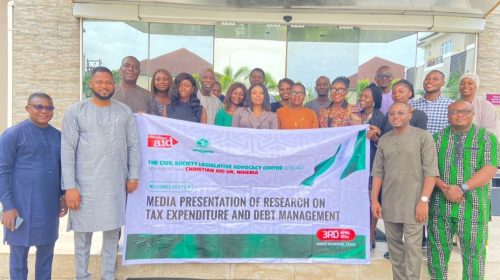199 Lives lost in 4 Major Building Collapses …NBRRI

Four major building collapses that occurred in the country between 2014 and 2016 claimed 199 lives, the Nigerian Building and Road Research Institute has said.
This was disclosed in a keynote address delivered by the Director-General, NBRRI, Prof Danladi Matawal, at the 2018 Annual National Conference and Exhibition of the Nigerian Institution of Metallurgical, Mining and Materials Engineers held in Abuja.
According Matawal, research efforts by the NBRRI had shown that the high incidence of building collapse in the country could be attributed to poor supervision and the use of inferior materials in the construction of buildings.
The NBRRI boss said although no major building collapse had so far been recorded in the country in this year, the status could change as the ground was being softened during the rainy season.
He stated, “In the year 2011, the number of building collapses that took place in Nigeria was not only disturbing but also alarming. Following the pattern of previous years, the megacity, Lagos, recorded the highest number of incidences involving buildings under construction as well as a handful that had been in use for years.
Following on the heels of Lagos was the fast growing federal capital city of Abuja and its suburban areas, where buildings collapsed at Jabi, Garki, Mpape, Mararaba and, early in 2012, at Gwarinpa Estate.
“In the same year of 2011, major building collapses were also recorded in Enugu, where three buildings came down within a period of one month, while Ibadan, Sokoto and Yenagoa also witnessed collapses. Overall, 2012 witnessed 33 collapses in Lagos alone and 22 in Abuja.”
He added, “Some of the ugliest cases recorded were those of the Synagogue Church on September 12, 2014, where 115 people were killed and several injured, and the Lekki Garden construction on March 18, 2016, with 35 dead and several injured.”






Leave a Reply